By considering these home layout principles, you can design and arrange your desired space in the best possible way .
List of topics
- Balance, the first principles of home arrangement
- Symmetrical or formal balance
- Asymmetric balance
- Radial balance
- Harmony, the second principle of home arrangement
- Rhythm, the third principle of home arrangement
- Proportion and scale, the fourth principles of home layout
- Emphasis, the fifth principles of home arrangement
- Contradiction or contrast, the sixth principles of home arrangement
- Details, the seventh principles of home design
Interior design and home layout is more than a creative and intuitive process, and like any good design, this practice is rooted in a set of fundamental and related principles. Many people, in order to follow the principles of home design, collect a collection of the best home decoration and design ideas online or check out the super attractive houses that have stylish and trendy interior design and with Putting these things together, they try to do the best decoration and arrangement of the house. In addition to this work, if you are familiar with the principles of home design, you can quickly and easily perform the actions related to interior design and home design in the best possible way and be extremely satisfied with the result .
So, whether you’re considering making a small change to a part of your home’s interior or doing a complete home renovation with the help of construction professionals, it’s best to familiarize yourself with the basics of home layout and design before starting your dream project. Get to know interior design .
In general, there are 7 basic principles for interior design and home layout, which are balance, harmony, rhythm, proportion and scale, emphasis, contrast and detail. By considering these home layout principles, you can design and arrange your desired space in the best possible way .
Balance, the first principles of home arrangement
The hallmark of a well-designed room is the visual balance between all the elements that make up the room, from colors, lines and forms to furniture, lighting and decoration. In fact, a properly balanced room exudes a sense of confidence and calmness in home interior design. To better understand the principle of balance, it is necessary to be familiar with three different types of balance that are commonly used in interior design and home layout :
Symmetrical or formal balance
Symmetrical or formal balance is the first and most widely used approach to balance in interior design and home layout. To achieve symmetrical balance, a space must be divided equally into two sides that mirror each other. For example, by placing a pair of sofas or armchairs facing each other and a coffee table between them, symmetrical balance will be established in a living room. Also, using a pair of bedside tables with identical lamps on either side of the bed in the bedroom is another example of symmetrical balance. It’s also important to remember that in modern interior design, too much symmetry in a room can overwhelm the space, make it look stiff or even boring. Therefore, do not overdo it in using this principle of home design and interior design .
Asymmetric balance
Asymmetrical balance is a modern approach to interior design principles that offers more flexibility when decorating a room. The key to asymmetrical balance is balancing the visual weight of objects that are similar in size, shape, and dimensions. For example, single chairs with long backs can be placed in front of a large sofa in the living room .
Radial balance
Radial balancing is a complex approach and not easily accomplished in smaller spaces. In this model of balance, one focal element, such as a dining table or circular chandelier, is at the heart of the radial design, and all other objects are centered around it .
Harmony, the second principle of home arrangement
Harmony in interior design and home layout is another principle that brings a sense of solidarity in style, theme, aesthetics, mood, even the personality of a space, which can be thought of as a sense of belonging and unity. It determines the interior design and style of a room. Of course, this does not mean that every element or object in the home decoration should be the same or be placed in the same category, but there should be a way that they all compliment each other. For example, using the same color scheme to highlight a room .
For example, if you’re having trouble finding a theme or style for your interior design project, start with something you like. It could be a piece of art or a patterned fabric or even a piece of furniture. Make it your focal point and let it guide the rest of your choices for the space .
Rhythm, the third principle of home arrangement
You might be wondering what Rhythm does on a list of interior design and home layout principles! But just like music, without rhythm there would be no harmony! In fact, rhythm is the use of colors, patterns, and textures in repetition or contrast to create visual interest and movement, which in turn leads your eye around the room. For example, you can use the same colors in the same room at different intervals, a yellow wall can be paired with yellow upholstery on sofas that are placed on a different colored wall, along with a piece of art with yellow accents. The other completed it .
In relation to observing the rhythm in the arrangement of the house, it is better to keep “rule three” in mind; That is, choose a basic, neutral or basic element and pair it with two smaller patterns or colors. In fact, mixing just two elements can simply be known as a “mismatch”. The easiest and most comfortable way to practice rhythm is to invest in smaller accessories, photos, artwork and cushions .
Proportion and scale, the fourth principles of home layout
Now that we have examined the principles of balance and harmony, it is time to address the basic principle in interior design and home layout, i.e. proportion and scale, which actually completes them .
Scale means how the size of an object in the room is in harmony or contrast with the size of all other objects in the space or even in relation to human scale .
Proportion is more relative and is all about the overall relationship between objects of different sizes .
Although this principle of interior design and layout may seem a little more scientific and mathematical, you don’t necessarily have to ask the experts to help you figure it out. Just focus on the bigger picture and rely on your eyes for guidance .
As in this image, you can see how the height of the table is adjusted to the height of the window frame. Using long curtains from the ceiling to the floor can also make the room appear taller than it is. Likewise, placing small pots with tall plants on one side of the table and shorter plants on tall base pots has helped to increase the beauty and proportion on the opposite side of the table .
Of course, it is necessary to note that there is a general rule when choosing works of art for a room; That the panel or frame that is installed above the sofa or bed should be half or two-thirds of the width of the sofa or bed; to observe the ratio and scale in the best possible way .
Emphasis, the fifth principles of home arrangement
While balance and harmony are the cornerstones of a good interior design and home layout, following these two principles can lead to a feeling of uniformity and solidity in a space. This is where the principle of “emphasis” comes into play. Emphasis is simply the use of a focal element that anchors a space – for example, the use of a prominent chandelier in the living room .
In general, there are many ways to implement this principle in the interior design of the home, whether it is a wall with wallpaper or bright color or a structural piece of furniture such as a stylishly designed coffee table; Or even an interior focal point like a large window with a great view or a beautiful fireplace .
Contradiction or contrast, the sixth principles of home arrangement
When it comes to interior design and home layout, you have to make room for contrasting concepts. There is a sense of playfulness, drama, variety and visual interest in the principles of contrast. In fact, contrast as a basic principle in interior design can refer to the combination of contrasting colors or contrasting patterns such as stripes with flowers .
Contrasting styles such as Scandinavian minimalism with a touch of bohemia (as seen in this image), including the use of contrasting textures such as matte and glossy paint, and even contrasting shapes such as hard-angled geometric furniture and the like, which help to brighten up a dull space. It doesn’t sound flat and one note .
Of course, you need to remember; Before you use contrasting elements in your home design, you need to consider the size of a space. For example, very large or different patterns can overshadow a small space, and contrasting patterns are more suitable for larger spaces .
Details, the seventh principles of home design
Paying attention to details is the latest principle in home layout and interior design. Because all good designs end up looking beautiful and attractive with attention to detail. For example, a room that is well designed and without finishing works, always looks impersonal and incomplete, but when personal details are added to it, the arrangement and design of that space will be more beautiful and attractive .
It’s also one of the design principles you can really enjoy without the supervision of an interior design professional. In fact, it’s the last step in the interior design and home furnishing process that allows you to truly make the space your own and infuse it with personality, interests, and more. From the shape and size of light switches and hardware such as door handles to cushions, pillows and rugs, etc., all are small things that add character to a room .
last word
Any project related to interior design and home layout can be done in the best way by considering solid principles. In fact, these home design standards and principles were created to help create harmonious interiors that convey personality. Therefore, it is necessary to learn and apply these important and basic principles well and benefit from them to realize your ideal home .
Related and suggested content :
Authenticate your home space with traditional wooden windows
Construction and design stages of small home pools
Building insulation Types of building insulation + practical tips
U-shaped kitchen decoration – [ U- shaped kitchen decoration ]
The most attractive bright color decoration models + pictures


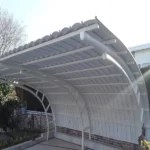
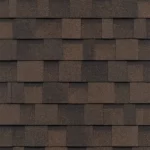





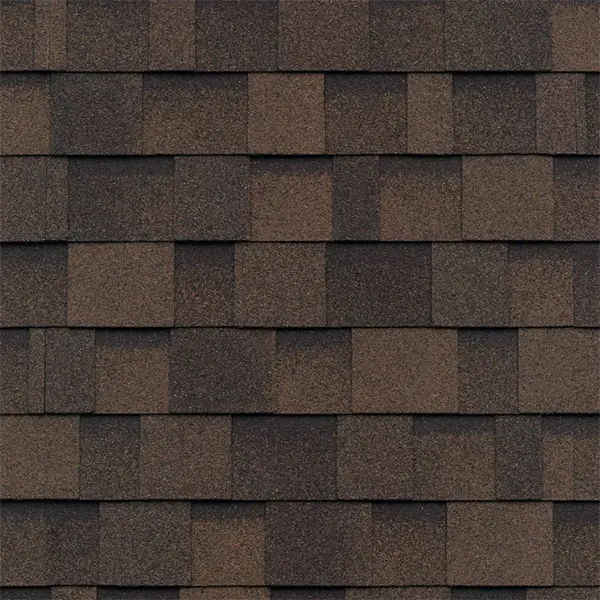


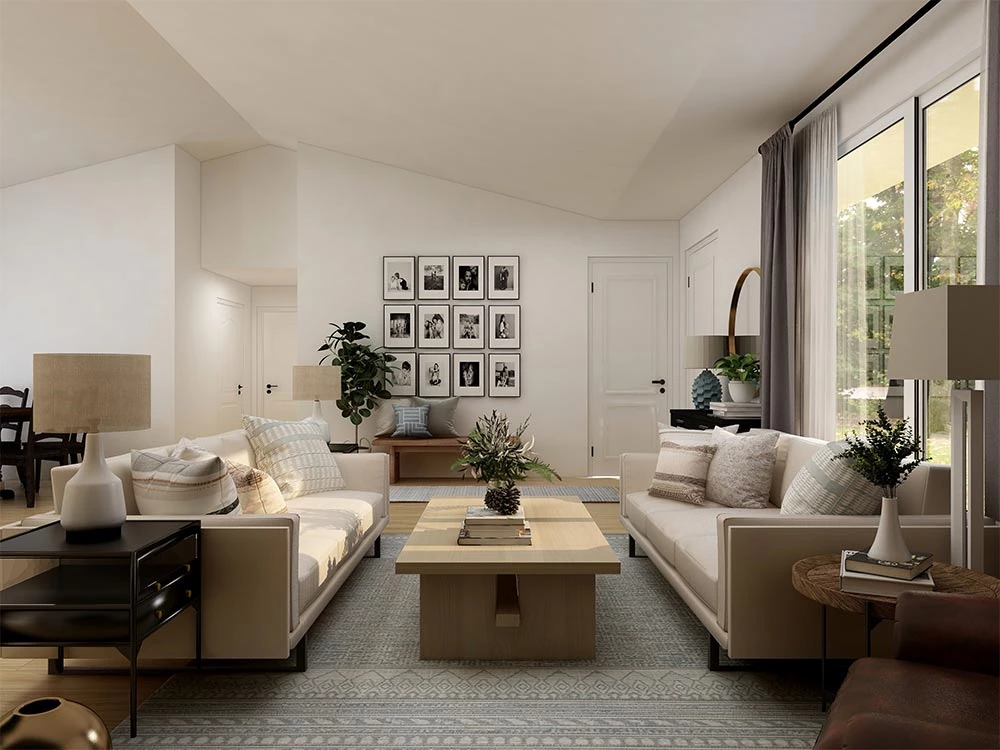


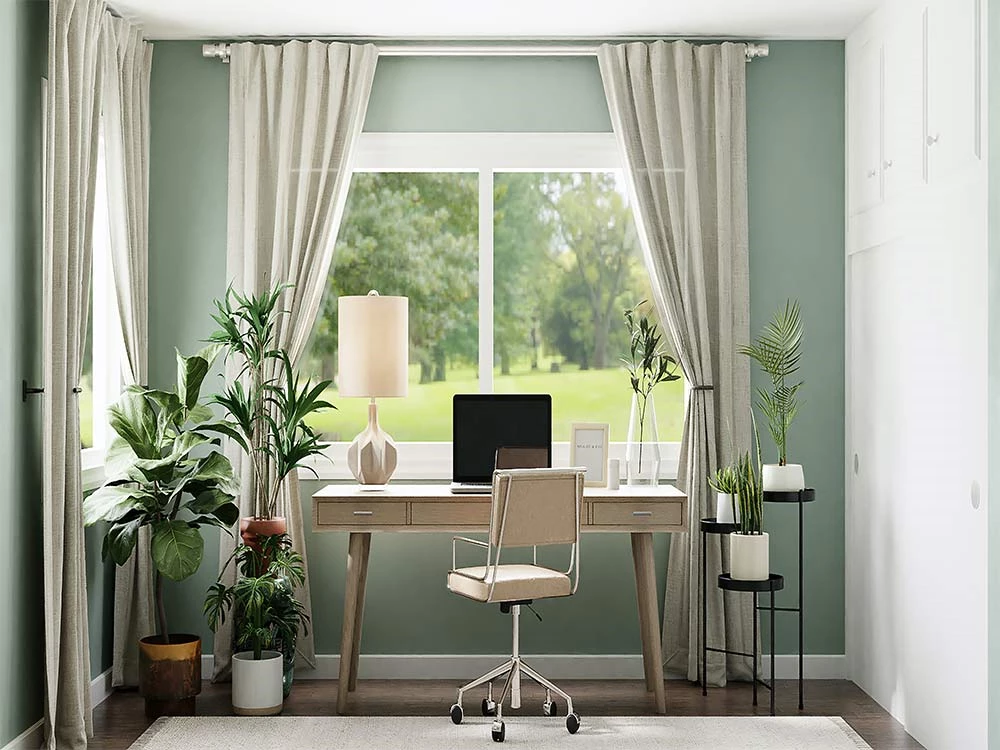
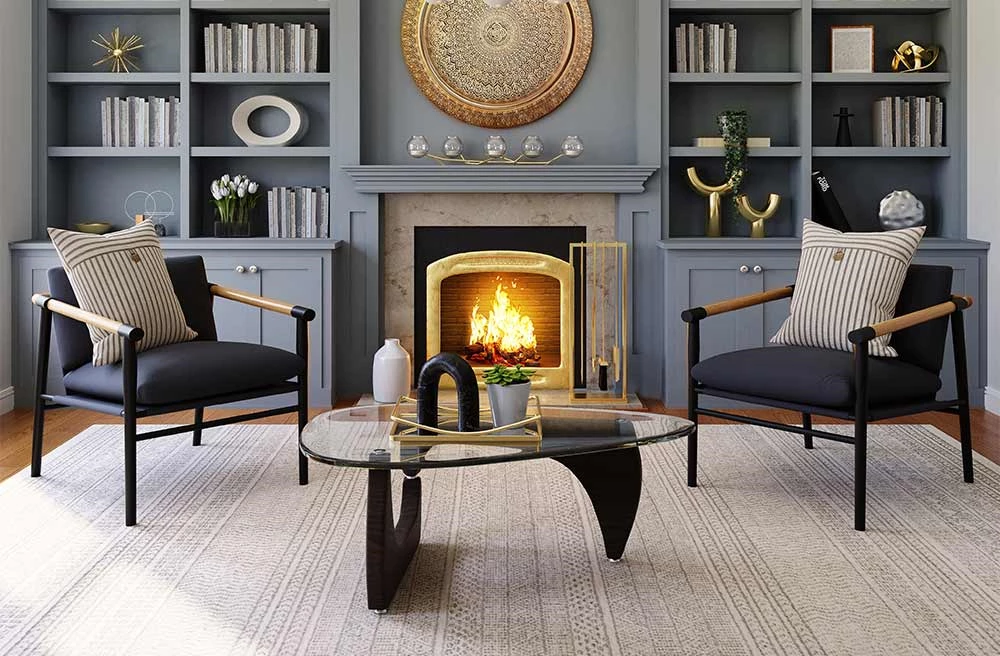
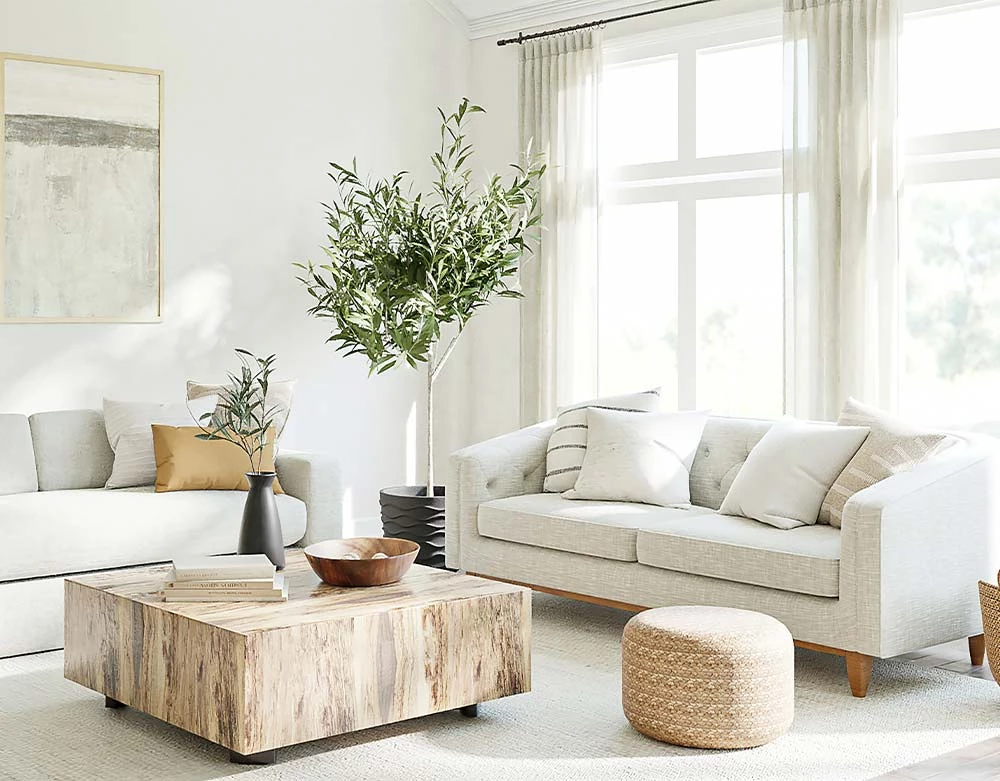
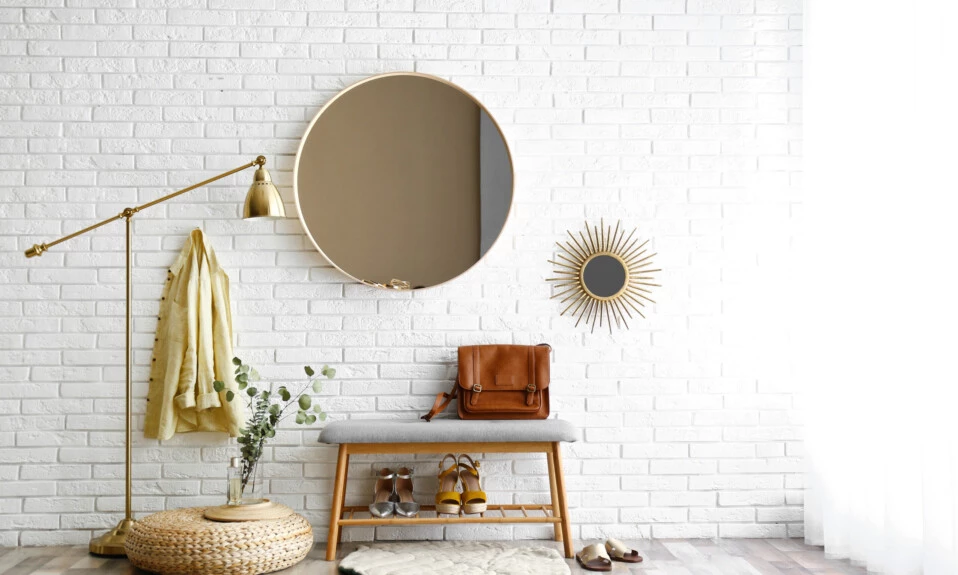



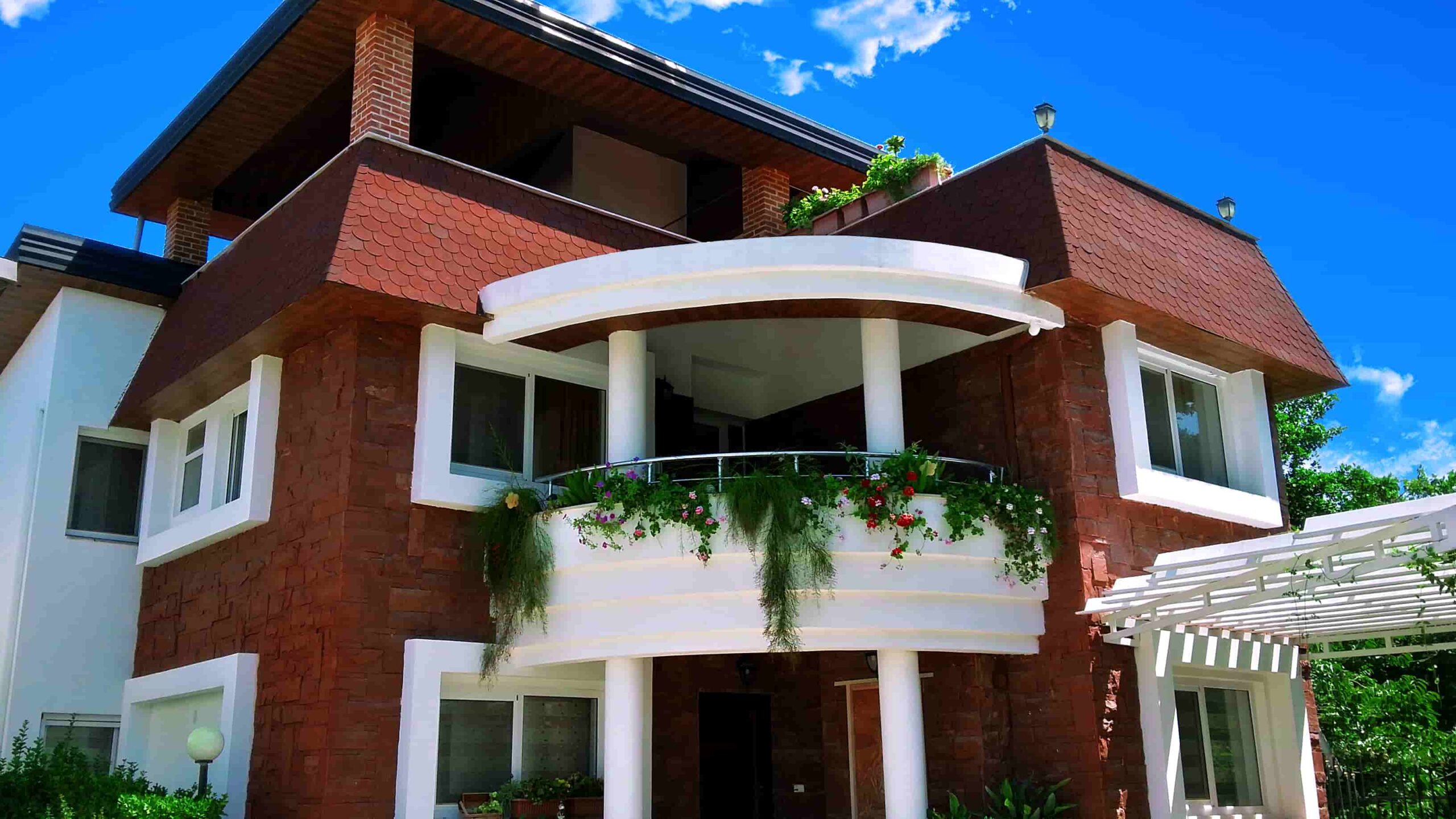
No comment